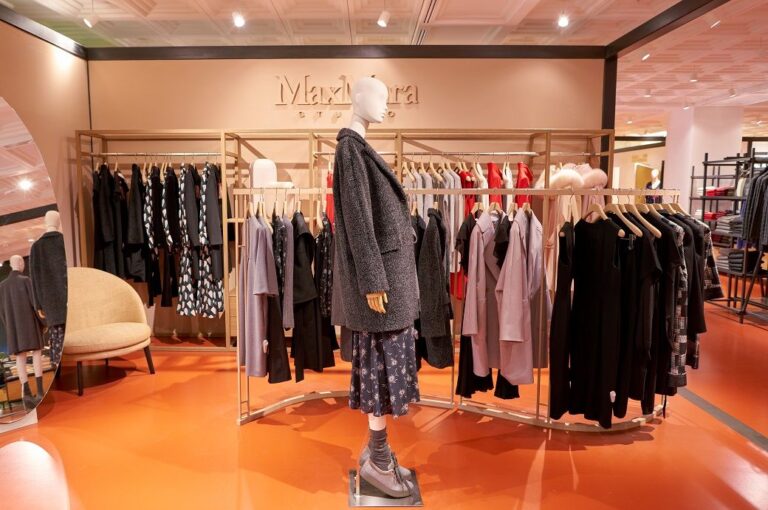
[ad_1]
As represented by the cost per square meter equivalent (SME) of cotton-dominant apparel, import prices were $4.31/SME in seasonally adjusted terms for November. Apart from the reading in October, this is the highest value on record. Sourcing costs have been volatile recently, with the latest highs following a near-record low posted in March 2021 ($2.97/SME).
Retail prices for garments in the United States increased by 4 per cent year-over-year (YoY) in November, while month-over-month (MoM) retail prices were 0.3 per cent higher. Compared to the average before COVID (2019 calendar year), clothing prices were 1.7 per cent higher, according to the Executive Cotton Update by Cotton Incorporated.
Apart from the months most affected by COVID shutdowns (March 2020-June 2020), seasonally-adjusted (SA) import volumes in October were the lowest since 2005 (in terms of SA SMEs). This followed record high import volume in March and represents a 36 per cent reduction in shipments in just eight months. Consumer spending during the holidays was generally reported as stronger than feared and may help alleviate issues involving retailer inventories. However, there are other challenges for retailer order demand, including higher sourcing costs and fears that the lagged effects of interest rate increases will weigh on consumer demand in 2023, as per Cotton Inc’s US Macroeconomic Indicators & the Cotton Supply Chain January 2023.
The Conference Board’s Index of Consumer Confidence posted a 6.9-point month-over-month increase in December. The current level (108.3) is the highest since April 2022 but is below the levels near 130 registered in the summer of 2021 and before COVID in early 2020. The long-term average is 94.0 (since 1970).
In November, consumer spending was flat month-over-month (0.01 per cent) and 2.0 per cent higher year-over-year. Spending on clothing was 0.8 per cent lower month-over-month and up 0.1 per cent year-over-year.
The Federal Reserve increased interest rates by 0.50 percentage points after its meeting in the middle of December. Inflation rates have been easing. Year-over-year, the rate of change in the Bureau of Labor Statistics CPI covering all goods and services has gotten smaller in each of the past five months (was 9.1 per cent in June, 8.5 per cent in July, 8.3 per cent in August, 8.2 per cent in September, 7.8 per cent in October, and 7.1 per cent in November).
An asset for the U.S. economy has been the labour market. The unemployment rate remains safely below four percent and is low by historical standards. Although it has not been able to surpass inflation, wage growth has been steady near five percent, beyond anything registered in the decade between the financial crisis and the onset of COVID. Nonetheless, inflation has been increasing faster than wages since the first quarter of 2021, implying that consumer spending power has been falling despite higher income, the Cotton Inc report further added.
The US economy was estimated to have added 223,000 jobs in November, near the levels posted over the past four months. Revisions to figures from the last two months were negative (October -21,000 to 263,000 and November -7,000 to 256,000). The current twelve-month average is 375,000 jobs.
The unemployment rate decreased slightly, from 3.6 per cent to 3.5 per cent, and remains low by historical standards. Wages were up 4.6 per cent year-over-year in December. This is the lowest rate of annual gain since August 2021 and is below current rates of inflation.
Fibre2Fashion News Desk (KD)
[ad_2]
Source link